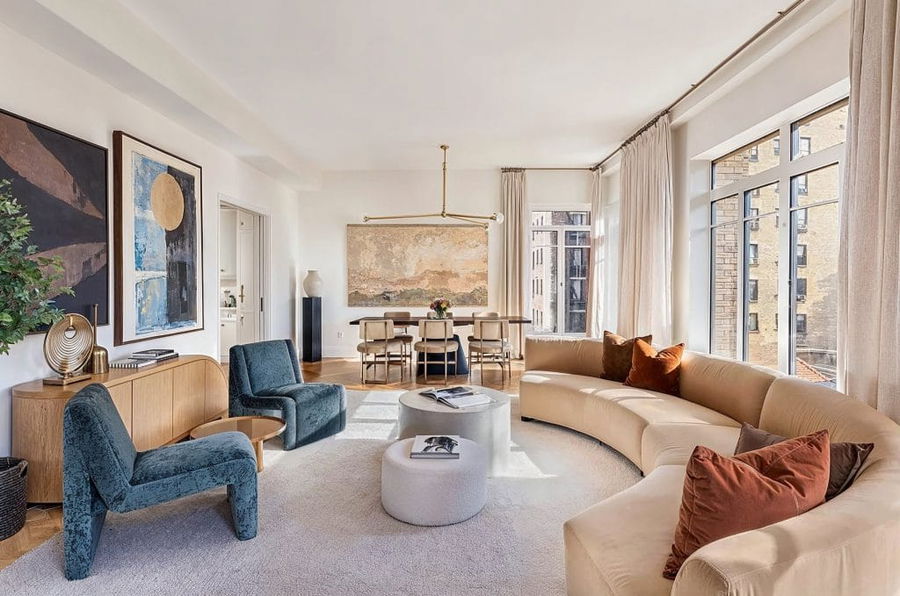Creating a home that feels both stylish and comfortable is a challenge many homeowners take on. The goal is to balance visual appeal with a sense of warmth and livability. Whether you are moving into a new house, renovating an old one, or simply looking to refresh the spaces you live in every day, these home design ideas can help you achieve a setting that feels beautiful yet totally usable.

Firstly, consider the color palette. Colors set the mood of a room immediately. Soft neutrals like warm grays, creams, taupes, and off‑whites give a restful backdrop. These are excellent for larger surfaces: walls, ceilings, perhaps the floor. Then add accent colors deep blues, forest greens, rust tones, muted terracottas to bring in personality. Accent walls, throw pillows, rugs or art can be places to experiment without committing your whole room.
Lighting design is also fundamental. Layered lighting ambient, task, and accent is a useful structure. Ambient light gives overall illumination: ceiling lights, recessed fixtures. Task lighting is for reading, cooking, working adjustable table lamps, pendant lights over kitchen islands, under‑cabinet lights. Accent lighting highlights art, architectural features, or plants. Using dimmers and bulbs of adjustable color temperature allow you to shift between energetic daylight and calming evening glow.
Furniture choice should align with how you live. Do you often entertain guests? Will there be children, pets? Opt for durable fabrics, slipcovers, easy‑to‑clean surfaces. Modular or sectional sofas help adapt to space and need. Multipurpose furniture sofa beds, storage ottomans, nesting tables maximize functionality. Consider scale: a too‑large sofa or bulky armchair can crowd a room; smaller furniture grouped well can make a space feel expansive.
Textures and materials add depth. Mix smooth finishes (glass, polished wood, metal) with softer ones (velvet, linen, wool). Wood adds warmth—flooring, beams, furniture. Metal accents brass, matte black, brushed nickel bring contrast and visual interest. Rugs, cushions, throws help to soften hard surfaces. Natural materials often feel richer: stone, wood, clay, woven fibers.
Decorative accents make your home unique. Artwork, sculptures, framed prints or photography, decorative mirrors reflect light and add personality. Greenery potted plants, indoor trees brings freshness and life. Pressed into corners or arranged as centerpieces, plants help with air quality and mood. Books, candles, trays, vases less is more; choose items that resonate with you rather than filling every shelf.
Floor plan and space arrangement matter. Open concept living is popular, but not always practical. Even in open layouts, define zones: for example, a rug under the living area, or a lighting fixture above the dining table. Removing unnecessary walls can help light flow and give airiness. But if you need separation, consider partial dividers, glass partitions, or shelving units that double as storage and visual separation.
Make small spaces work hard. If you’re in a compact apartment or home, every square foot counts. Use vertical space—tall shelves, wall‑mounted units. Built‑in storage hides clutter. Mirrors can visually expand a room. Choose furniture that’s scaled to space; lighter legs make things feel less heavy. Folding or extendable tables, drop‑leaf desks are excellent in multipurpose rooms.
Outdoor spaces matter too. Even a small balcony or patio can become an extension of indoors. Get weather‑resistant furniture, outdoor rugs, lighting, and plants. If possible, match or coordinate the design and materials with the interior so transitions are smooth. Use screens, pergolas or plants for privacy, shade, or shelter; add cozy features like a fire pit or soft textiles for evening comfort.
Ultimately, the best home design ideas are those that reflect your lifestyle. Spend time thinking about how you move through your home, what feels comfortable for you, and what you want to see and feel every day. Design with intention. With color, lighting, furniture, decoration, and layout all considered, you can blend comfort and style into a home that looks as good as it feels.